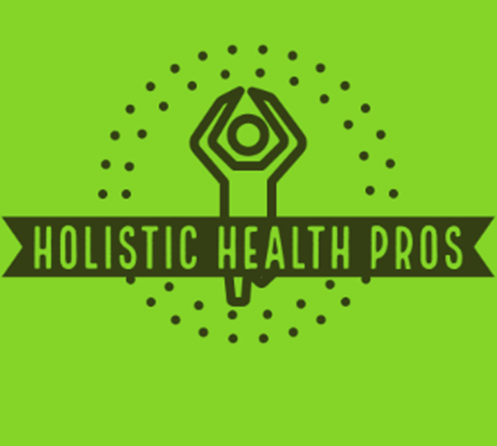Why Exercise Matters if You Have COPD
Chronic Obstructive Pulmonary Disease (COPD) makes it hard to breathe and can limit your ability to enjoy everyday life. But the good news is: the right kind of exercise can help you breathe easier, feel stronger, and do more of what you love.
This guide walks you through how to safely and effectively exercise if you have COPD, even if you’re starting from scratch.
1. What Kinds of Exercise Help with COPD?
A complete exercise plan includes a mix of movement types to target your lungs, muscles, balance, and flexibility.
💓 Endurance (Cardio) Exercise
This gets your heart and lungs working.
- What to do: Walking, swimming, dancing, biking, stair climbing
- How it helps: Helps you breathe better and stay active longer
- How often: 3–5 days a week
- How long: Start with 20–30 minutes and build up slowly
🏃♂️ Short Bursts of Intense Activity (Interval Training)
You switch between doing an activity fast, then resting.
- What to do: Walk fast for 1 minute, then slow down for 2 minutes, and repeat
- How it helps: Quickly builds lung and heart strength in short sessions
- Caution: Not for everyone—check with your doctor first if breathing is hard
💪 Strength Training
This builds muscle to help you move more easily.
- What to do: Lifting light weights, using resistance bands, or bodyweight moves like squats or wall pushups
- How it helps: Makes walking, climbing stairs, and carrying groceries easier
- How often: 2–3 times a week
- How much: 2–3 sets of 8–12 repetitions
🧘 Stretching and Flexibility
Keeps your joints moving well and prevents injury.
- What to do: Gentle stretches for your legs, arms, back, and shoulders
- How often: At least 2–3 times a week
- How long: Hold each stretch for about 20–30 seconds
🦶 Balance and Coordination
Helps prevent falls and makes you feel more stable.
- What to do: Tai Chi, yoga, standing on one foot, heel-to-toe walking
- How it helps: Great for older adults to build confidence and stability
- How often: 2–3 times a week
- How long: 30–45 minutes
2. How Exercise Helps Your Body with COPD
✅ Makes Breathing Easier
Exercise trains your breathing muscles, helping you take deeper, easier breaths.
✅ Lowers Inflammation
Exercise helps reduce the swelling in your airways, which can ease symptoms and slow disease progress.
✅ Protects Against Damage
It strengthens your body’s ability to handle stress, fight off illness, and recover from flare-ups.
✅ Boosts Your Mood and Energy
Many people feel more alert, less anxious, and sleep better after regular activity.
3. Getting Started: A Sample Weekly Plan
| Day | Activity | Time |
| Mon | Brisk walk + stretching | 30–45 min |
| Tue | Light strength exercises (arms + legs) | 30 min |
| Wed | Tai Chi or yoga | 30–45 min |
| Thu | Rest or easy stretching | – |
| Fri | Short bursts of walking + breathing focus | 20–30 min |
| Sat | Repeat strength + walking | 45–60 min |
| Sun | Rest or mindful movement (like yoga) | – |
4. Tips for Safe and Successful Exercise
- ✅ Start slow and build up gradually
- ✅ Always warm up and cool down
- ✅ Track how you feel (keep a simple diary!)
- ✅ Use a chair or wall for balance if needed
- ✅ Stop if you feel dizzy, tight in the chest, or very out of breath
- ✅ Talk to your doctor or rehab team before starting something new
5. How Will You Know It’s Working?
You may notice:
- You’re less out of breath doing simple things like walking or dressing
- You can go longer without needing to rest
- Your mood and sleep improve
- Fewer hospital visits or flare-ups
- Everyday life feels easier
You don’t need fancy machines or tests to know it’s helping—you’ll feel it in your daily life.
6. Important Reminders
- Exercise is safe and helpful at every stage of COPD—but needs to be tailored to you.
- Even 10–15 minutes a day makes a difference.
- It’s okay to take breaks and go at your own pace.
- Sticking with it is key—try to make movement part of your routine, like brushing your teeth.
